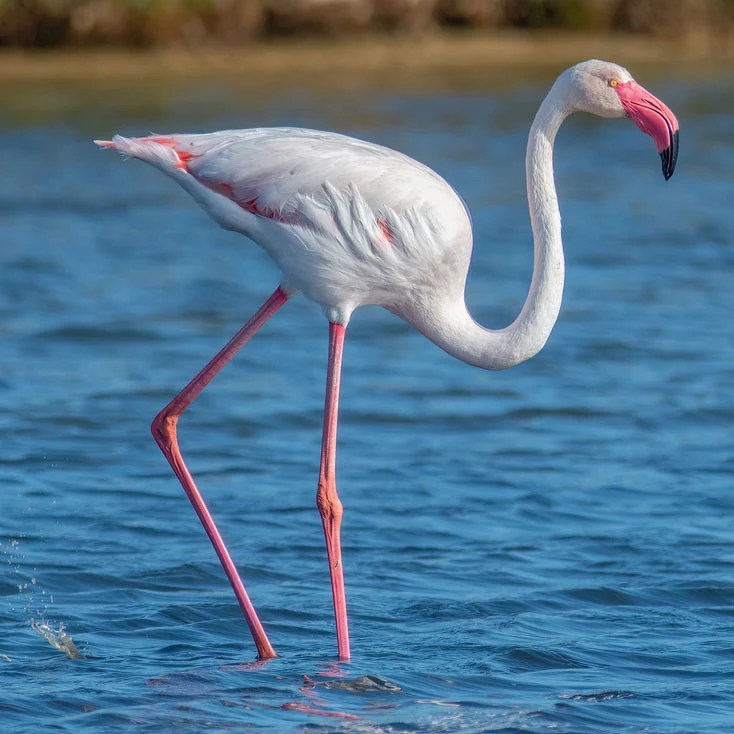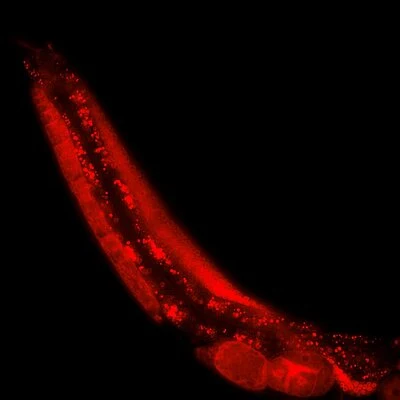Macroalgal deep genomics illuminate multiple paths to aquatic, photosynthetic multicellularity: Molecular Plant
What are the main types of algae and how do they differ? Algae are classified into several main groups based on their characteristics, including pigmentation, cellular structure, and mode of reproduction. The main types of algae include:Today’s refutation of creationists dogma comes in the form of an open access paper just published in the Cell Press journal, Molecular Plant. Research biologists have revealed how multicellularity evolved several times independently in algae, and how many of the new genes were acquired initially by viruses.These main types of algae differ in their pigmentation, cellular structure, habitat preferences, and ecological roles. While some are beneficial and essential for ecosystem health, others can become problematic under certain conditions, such as nutrient pollution or climate change. Understanding the characteristics and ecological functions of different types of algae is crucial for managing and conserving aquatic ecosystems.
- Diatoms (Bacillariophyta):
- Diatoms are single-celled algae characterized by their unique glass-like silica cell walls called frustules.
- They are typically found in freshwater and marine environments.
- Diatoms are important primary producers and play a significant role in the global carbon cycle.
- Green Algae (Chlorophyta):
- Green algae encompass a diverse group of algae that are mostly freshwater but also found in marine and terrestrial environments.
- They contain chlorophyll a and b, giving them a green color, similar to land plants.
- Green algae can be unicellular, colonial, filamentous, or multicellular, with a wide range of morphologies.
- Red Algae (Rhodophyta):
- Red algae are predominantly marine algae, although some species can also be found in freshwater.
- They contain pigments like chlorophyll a and various accessory pigments, including phycobiliproteins, giving them shades of red, pink, or purple.
- Red algae often have complex multicellular structures and are important contributors to coral reef ecosystems.
- Brown Algae (Phaeophyta):
- Brown algae are primarily marine algae, commonly found in cold-water habitats.
- They contain chlorophyll a and c, along with fucoxanthin, which gives them their characteristic brown color.
- Brown algae can range from small filamentous forms to large, complex seaweeds like kelps.
- Blue-Green Algae (Cyanobacteria or Cyanophyta):
- Despite being called algae, cyanobacteria are actually prokaryotic organisms, classified within the domain Bacteria.
- They are photosynthetic and often form colonies or filaments.
- Cyanobacteria can be found in diverse habitats, including freshwater, marine environments, soil, and even extreme environments like hot springs.
- Some cyanobacteria can produce toxins under certain conditions, leading to harmful algal blooms (HABs) and posing risks to aquatic life and human health.
This gives the lie to creationist claims that new information can't arise in the genome because of some half-baked confusion of information with energy and a nonsensical assumption that new genetic information would need to come from nothing.
And of course, like about 99.99% of the history of life on Earth, it all happened in that very long period of pre-'Creation Week' history between Earth forming in an accretion disc around the sun and creationism's little god creating a small flat planet with a dome over it in the Middle East out of nothing, according to creationist mythology
In information provided by Cell Press ahead of publication, the scientists at New York Abu Dhabi University and Technology Innovation Institute, United Arab Emirates, said:
A deep dive into macroalgae genetics has uncovered the genetic underpinnings that enabled macroalgae, or "seaweed," to evolve multicellularity. Three lineages of macroalgae developed multicellularity independently and during very different time periods by acquiring genes that enable cell adhesion, extracellular matrix formation, and cell differentiation, researchers report April 12 in the journal Molecular Plant. Surprisingly, many of these multicellular-enabling genes had viral origins. The study, which increased the total number of sequenced macroalgal genomes from 14 to 124, is the first to investigate macroalgal evolution through the lens of genomics.
Macroalgae live in both fresh and seawater and are complex multicellular organisms with distinct organs and tissues, in contrast to microalgae, which are microscopic and unicellular.This is a big genomic resource that will open the door for many more studies. Macroalgae play an important role in global climate regulation and ecosystems, and they have numerous commercial and ecoengineering applications, but until now, there wasn't a lot of information about their genomes.
Alexandra Mystikou, co-first author
Division of Science and Math
New York University Abu Dhabi, Abu Dhabi, UAE.
There are three main groups of macroalgae -- red (Rhodophyta), green (Chlorophyta), and brown (Ochrophyta) -- that independently evolved multicellularity at very different times and in very different environmental conditions.
Rhodophytes and Chlorophytes both evolved multicellularity over a billion years ago, while Ochrophytes only became multicellular in the past 200,000 years.
To investigate the evolution of macroalgal multicellularity, the researchers sequenced 110 new macroalgal genomes from 105 different species originating from fresh and saltwater habitats in diverse geographies and climates.
The researchers identified several metabolic pathways that distinguish macroalgae from microalgae, some of which may be responsible for the success of invasive macroalgal species.
Many of these metabolic genes appear to have been donated by algae-infecting viruses, and genes with a viral origin were especially prevalent in the more recently evolved brown algae.
They found that macroalgae acquired many new genes that are not present in microalgae on their road to multicellularity.
For all three lineages, key acquisitions included genes involved in cell adhesion (which enables cells to stick together), cell differentiation (which allows different cells to develop specialized functions), cell communication, and inter-cellular transport.
Many brown algal genes associated with multicellular functions had signature motifs that were only otherwise present in the viruses that infect them. It's kind of a wild theory that's only been hinted at in the past, but from our data it looks like these horizontally transferred genes were critical factors for evolving multicellularity in the brown algae.
David Nelson, co-first author
Division of Science and Math
New York University Abu Dhabi, Abu Dhabi, UAE.






































